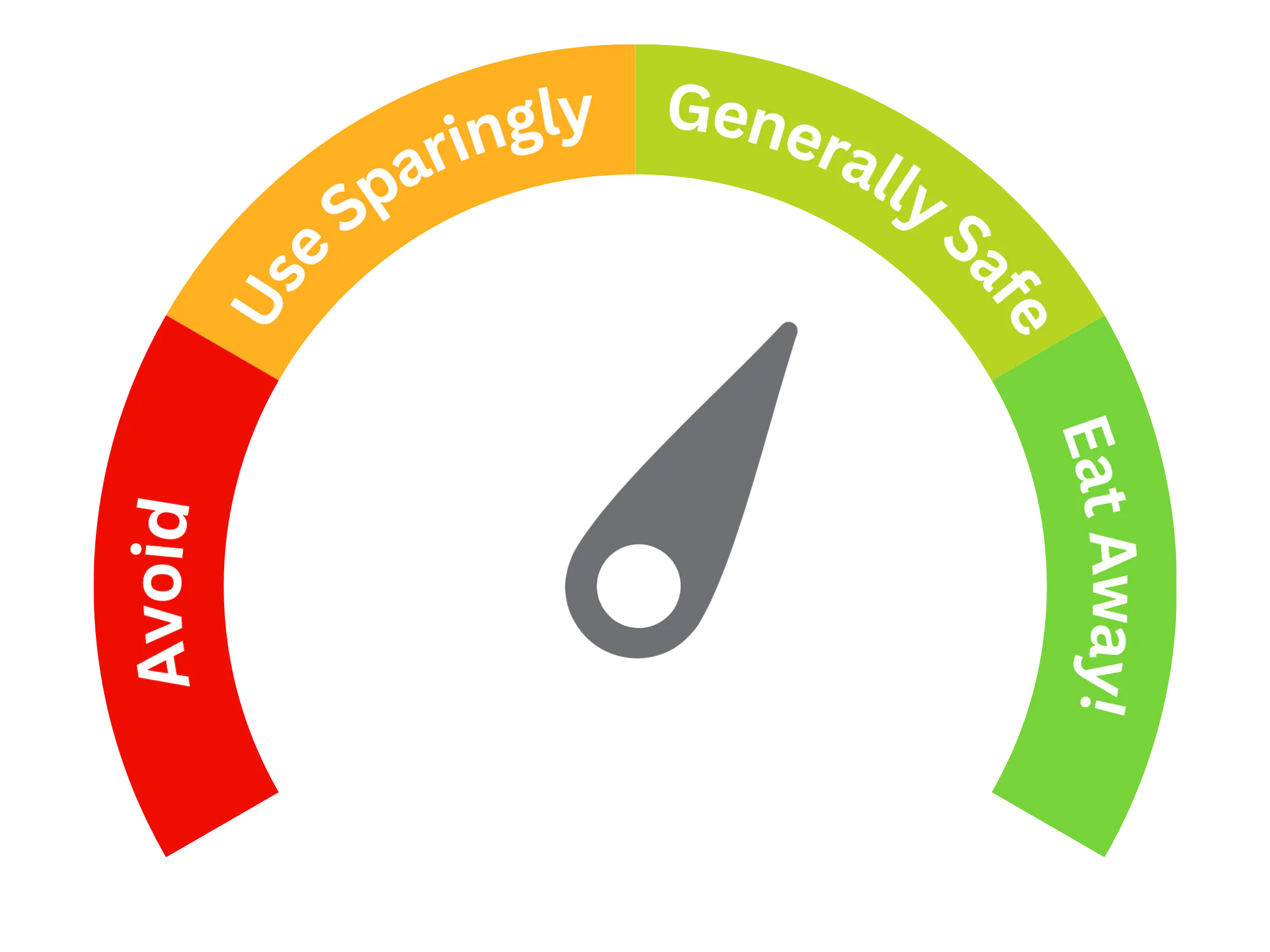Polyethylene Glycol 8000 (E1521)
| Type of additive (Glossary) | Stabilizers Thickeners |
| E Number | E1521 |
| Chemical Formula | C2nH4n+2On+1 |
| Also Known As | PEG Kollisolv Carbowax GoLYTELY GlycoLax Fortrans TriLyte Colyte Halflytely MiraLAX MoviPrep |

Purpose and Function
Polyethylene Glycol 8000 (E1521) is a high-molecular-weight polymer of ethylene oxide, widely used in the food, pharmaceutical, and cosmetic industries. In food, it functions primarily as a thickener, stabilizer, and binder, helping to improve texture, consistency, and shelf life. It is also used as a lubricant in food processing equipment to prevent sticking and ensure smooth production.
Polyethylene Glycol 8000 is commonly found in products such as:
- Processed Foods: Acts as a stabilizer in sauces, dressings, and spreads.
- Baked Goods: Enhances dough consistency and moisture retention.
- Confectionery: Used in chewing gum and candies to improve texture and prevent crystallization.
Beyond food, PEG 8000 is extensively used in pharmaceuticals as an excipient in tablets and capsules, where it aids in drug delivery and dissolution. In cosmetics, it serves as a thickener and emulsifier in creams and lotions.
Key functions of Polyethylene Glycol 8000 in food include:
- Texture Improvement: Provides a smooth and consistent texture in processed foods.
- Moisture Retention: Helps maintain moisture in baked goods and confectionery.
- Lubrication: Prevents sticking during food processing and packaging.
Potential Risks and Side Effects
Polyethylene Glycol 8000 (E1521) is generally considered safe for consumption by regulatory bodies such as the U.S. Food and Drug Administration (FDA) and the European Food Safety Authority (EFSA) when used within approved limits. However, there are some potential risks associated with its use:
- Gastrointestinal Issues: High doses of Polyethylene Glycol can cause gastrointestinal discomfort, including bloating, diarrhea, and nausea. This is more common in pharmaceutical applications, such as laxatives, where PEG is used in larger quantities.
- Allergic Reactions: Although rare, some individuals may experience allergic reactions or skin irritation when exposed to PEG-containing products.
- Contamination Concerns: Polyethylene Glycol can be contaminated with ethylene oxide and 1,4-dioxane, both of which are potential carcinogens. Strict quality control measures are required to ensure the safety of PEG 8000 in food and pharmaceutical applications.
Studies on Polyethylene Glycol have shown that it is low in toxicity when consumed in moderation. However, long-term exposure to high concentrations, particularly in occupational settings, has raised concerns about potential health effects. For example, a study published in the Journal of Applied Toxicology highlighted the need for further research on the cumulative effects of PEG in food and other products.
